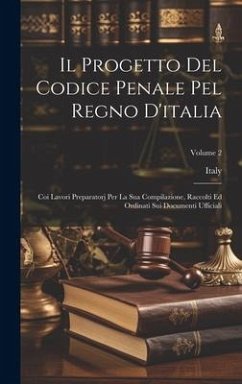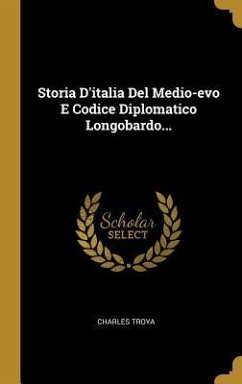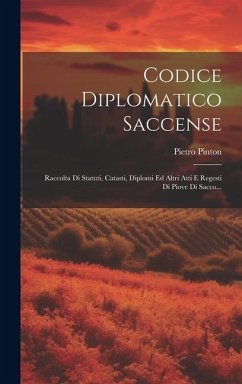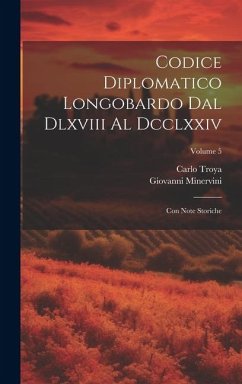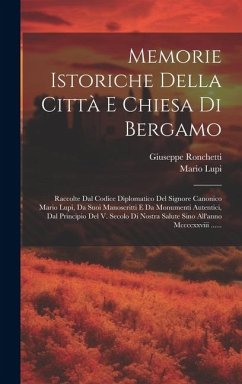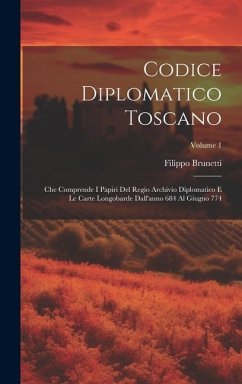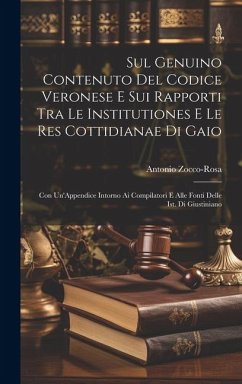
Leggi Sui Maestri Comacini Promulgate Dal Re Liutprando Con Altri Documenti Tratti Dal Quarto Volume Del Codice Diplomatico Longobardo...
Versandkostenfrei!
Versandfertig in über 4 Wochen
22,99 €
inkl. MwSt.
Weitere Ausgaben:

PAYBACK Punkte
11 °P sammeln!
Leggi Sui Maestri Comacini Promulgate Dal Re Liutprando Con Altri Documenti Tratti Dal Quarto Volume Del Codice Diplomatico Longobardo... presents a historical analysis of the laws concerning the Comacine Masters promulgated by King Liutprand. This work, authored by Carlo Troya, draws from the fourth volume of the Lombard Diplomatic Code to explore the legal and social context of these master builders during the Lombard period in Italy. The book provides insight into the regulations governing the Comacine Masters, a medieval guild renowned for their expertise in architecture and construction. ...
Leggi Sui Maestri Comacini Promulgate Dal Re Liutprando Con Altri Documenti Tratti Dal Quarto Volume Del Codice Diplomatico Longobardo... presents a historical analysis of the laws concerning the Comacine Masters promulgated by King Liutprand. This work, authored by Carlo Troya, draws from the fourth volume of the Lombard Diplomatic Code to explore the legal and social context of these master builders during the Lombard period in Italy. The book provides insight into the regulations governing the Comacine Masters, a medieval guild renowned for their expertise in architecture and construction. It sheds light on the legal framework established by King Liutprand and its impact on the organization and activities of these skilled artisans. This historical document is invaluable for scholars and researchers interested in medieval Italian history, legal history, and the history of architecture. This work has been selected by scholars as being culturally important, and is part of the knowledge base of civilization as we know it. This work was reproduced from the original artifact, and remains as true to the original work as possible. Therefore, you will see the original copyright references, library stamps (as most of these works have been housed in our most important libraries around the world), and other notations in the work. This work is in the public domain in the United States of America, and possibly other nations. Within the United States, you may freely copy and distribute this work, as no entity (individual or corporate) has a copyright on the body of the work. As a reproduction of a historical artifact, this work may contain missing or blurred pages, poor pictures, errant marks, etc. Scholars believe, and we concur, that this work is important enough to be preserved, reproduced, and made generally available to the public. We appreciate your support of the preservation process, and thank you for being an important part of keeping this knowledge alive and relevant.




